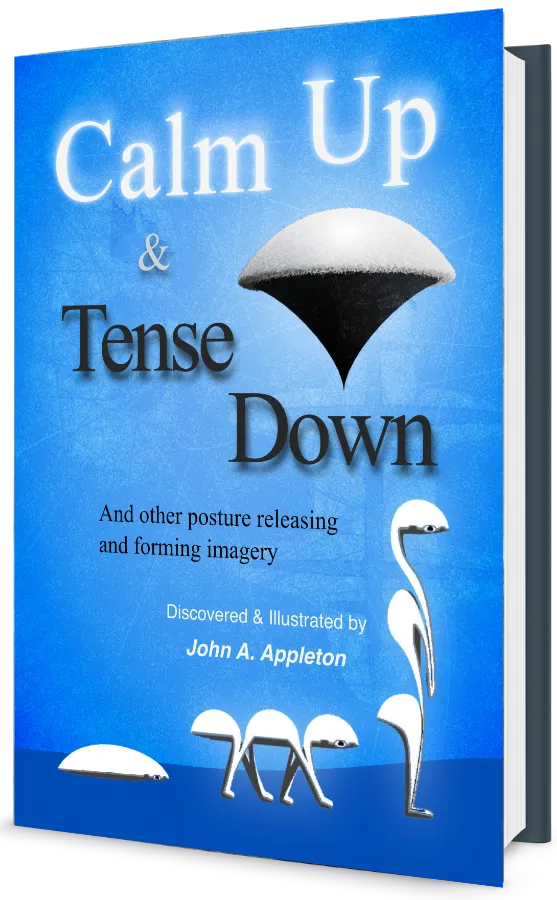Posture Release Imagery is a challenging but ultimately rewarding way of exploring the healthy use of our bodies.
For those who learn to work with this imagery, the understanding and practice unleashes lightness, stability, and gracefulness within you.



